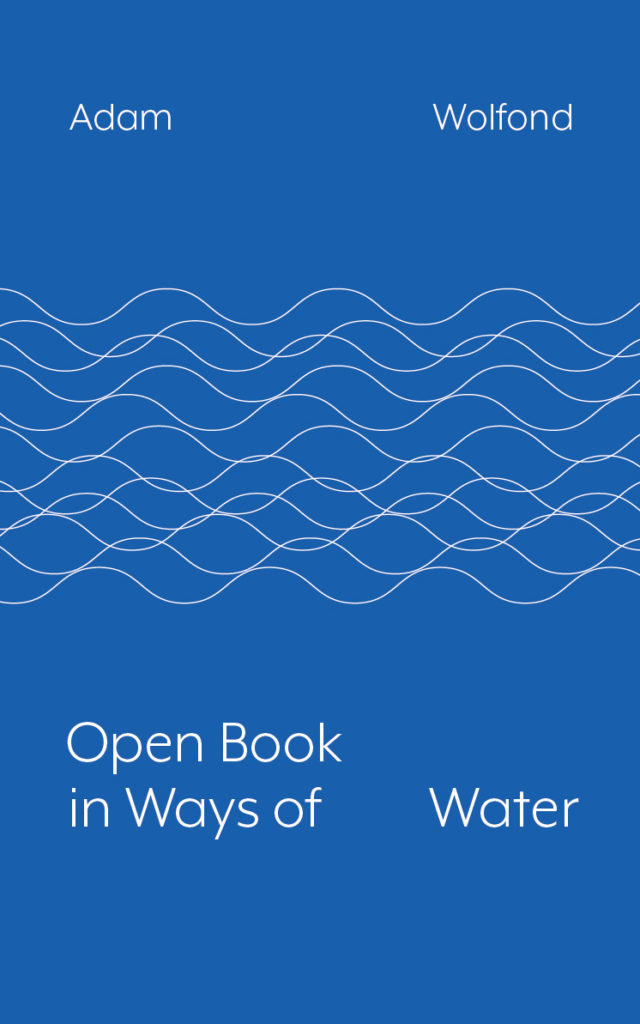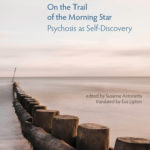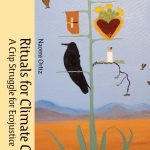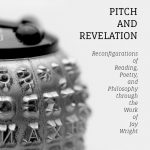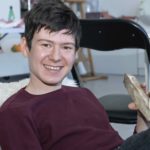In Open Book in Ways of Water, poet and artist Adam Wolfond explores the synaesthetic quality of autistic perception, the way in which water in its different materializations shapes and channels language. Building on notions such as “wetness,” “streams,” and “currents,” Wolfond constructs a linguistic universe in which writing and perception merge, move, and “pace to gether”—echoing both the togetherness of the senses and the gathering rhythms of water. Open Book in Ways of Water is as much a book of poetry and a book about poetry, a self-reflection in an endlessly moving and transforming element.
As the author himself explains:
Language is a way to understand each other but it is also reductive in the ways that it is abstracted and non-sensuous, and open writing as movement tends to be ignored as autistics are forced into neurotypical ways of seeing, and the thinking around artistic practices feels of a pace that intensifies the use of forms forming, and similarities with open processes are languaging the way of water, making language about artful relations with the more than human.
Water is a game of ways and patterns that wave and ripple and can pull us under, the talk is about surfacing but languaging is about feeling, moving the ways that it makes are having variances moving the thresholds in thinking feeling of a rally that comes from cutting the grammars out and that is the way of perception that is cut by grammar and people need art to dance this dance of relation.
A man of autism answers the ways of the body much of the time and that means my body rallies the artful atmospheres that are dancing me and the real feeling can dance the atmospheres as my body presence and pace shifts other bodies to be free. Having a ticcing body is making the dance about disorder but really it is about a different and diverse way of languaging with many feelings and bathing and immersing and I don’t have any other way.

